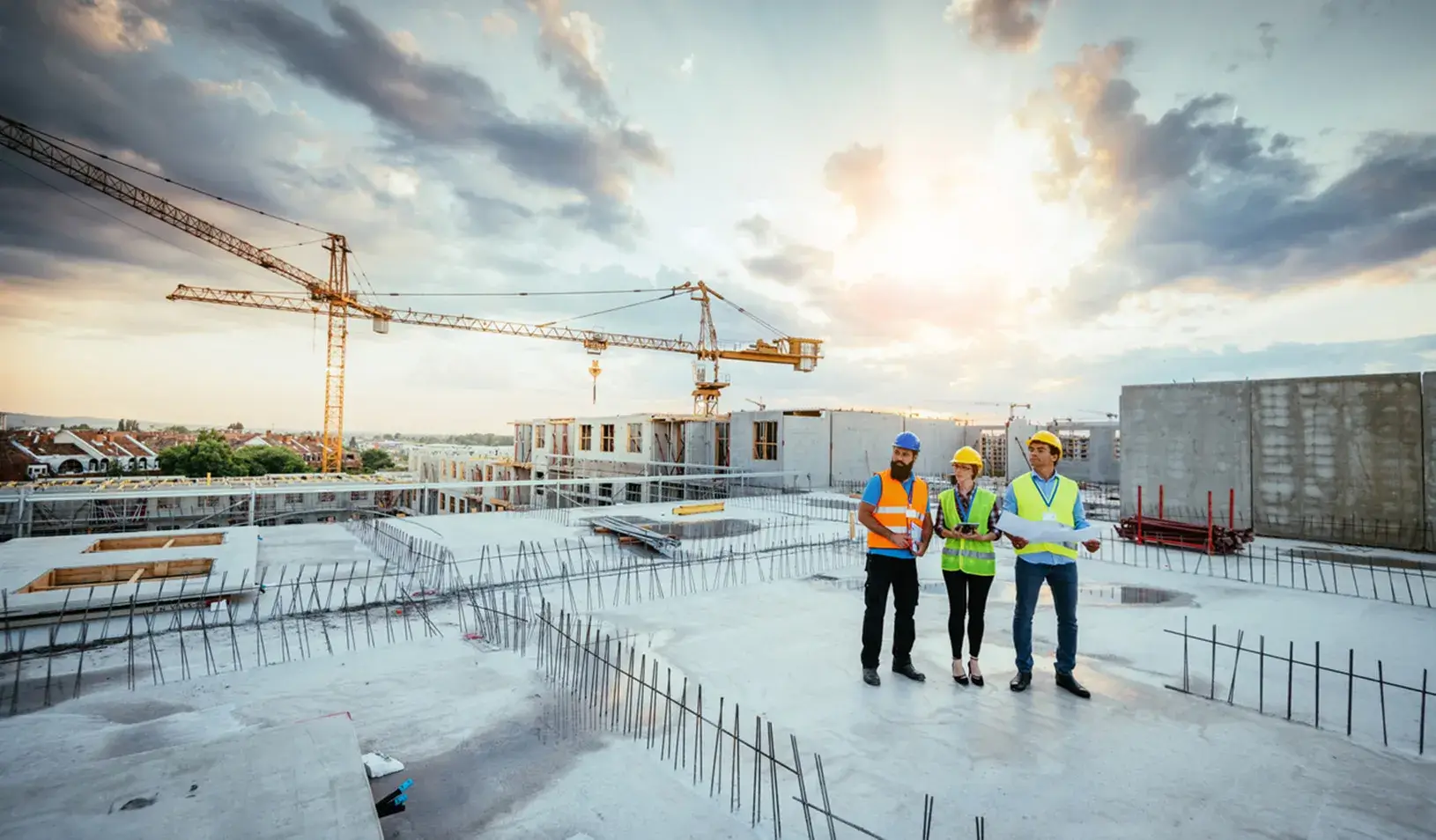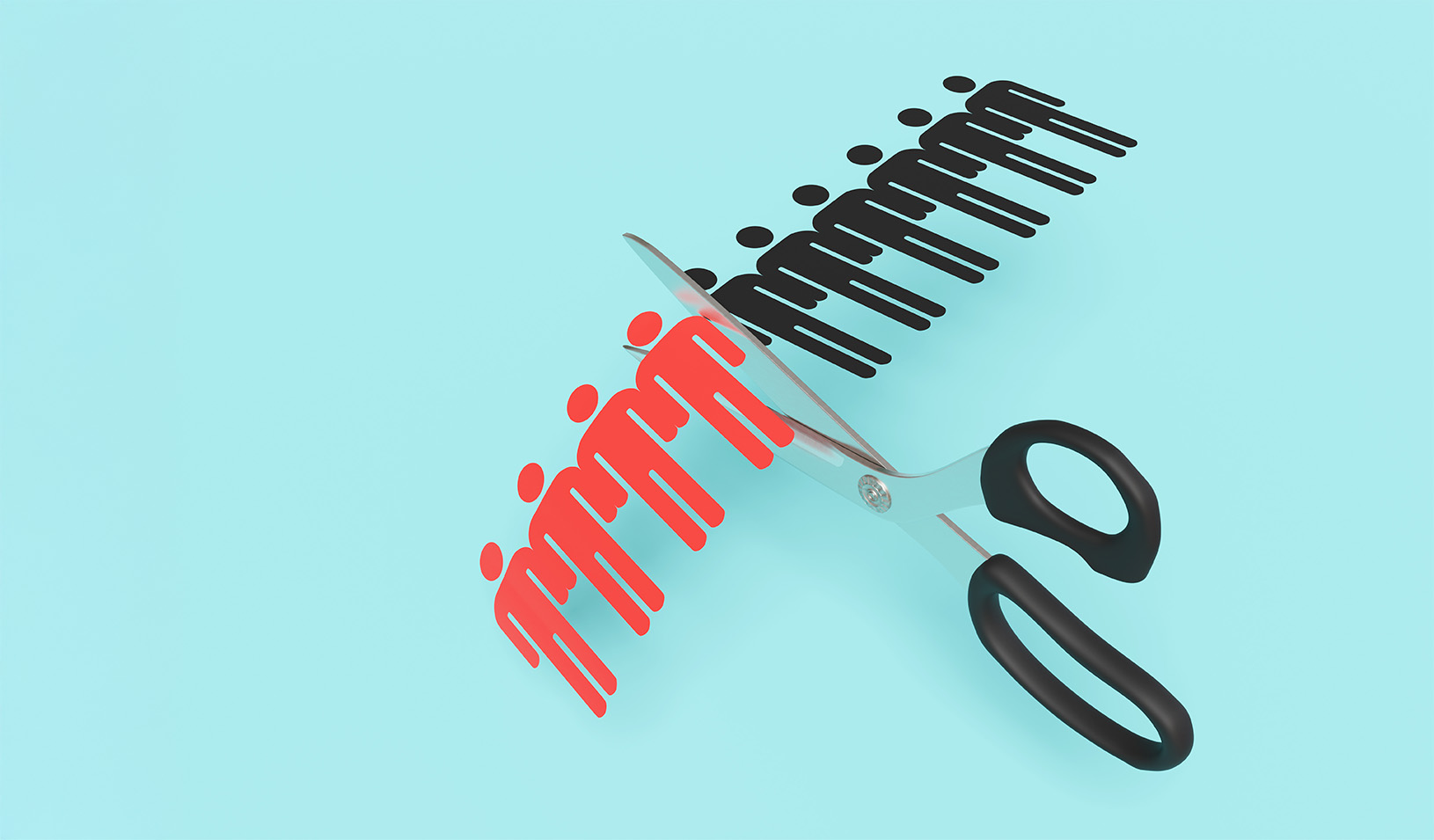
More than $400 billion is spent on public works annually in the United States.| iStock/Drazen
In early October, President Joe Biden kicked off his second “Investing in America” roadshow. Along with the vice president, first lady, and various Cabinet members, he will appear around the country to showcase projects funded by the $1 trillion Bipartisan Infrastructure Bill he signed into law in 2021.
Much of that money for building and repairing roads, bridges, and railways is headed to the states. Many of those states will award their construction contracts through what’s known as a scaling auction. A new study details how these auctions work and how they might be tweaked to lower the cost of infrastructure projects, potentially saving governments (and taxpayers) billions of dollars.
Shoshana Vasserman, an assistant professor of economics at Stanford Graduate School of Business, and Valentin Bolotnyy, a fellow at Stanford’s Hoover Institution, analyzed 440 bridge projects in Massachusetts, finding that making the process more predictable could lower the price of a typical auction by 14.5%. “Risk-averse bidders want to be sure they won’t lose a lot of money if things don’t go as planned, so they’ll ask for more money to cover this uncertainty,” Vasserman says. “Changing the auction rules in a way that makes bidders less worried about big losses can actually help reduce the total cost of construction projects.”
In a scaling auction, contractors submit bids for the various equipment and tasks required to complete a project. The contract is awarded to the bidder with the lowest total cost based on the state’s estimate of the project’s scale and scope.
The researchers found that contractors participating in scaling auctions tend to “skew” their offers to boost profits and balance risks, bidding higher on items where they anticipate the state’s estimated cost to be too low, and vice versa. “Contractors are pretty good at predicting changes in project details after the fact — they know how many tons of concrete they need or how many holes they’ll dig — and they bid in a way that helps them make more money when those changes occur,” Vasserman says.
Bridging Uncertainty
The unknowns built into this process can add a considerable risk premium to the final price tag. Employing a statistical estimation technique to gauge contractors’ uncertainty, the researchers found that contractors tend to be risk-averse. “Contractors aren’t just thinking about making money, but also about avoiding the risk of being wrong about their cost estimates,” Vasserman says. “So they behave like asset managers and hedge their bets through portfolio optimization.”
While this allows bidders to balance profit and risk, it can drive up costs if they are worried about potential cost overruns. Vasserman and Bolotnyy suggest that modifying auction rules to reduce contractors’ fears of significant losses could lead to lower costs for the states that use them. However, they also conclude that scaling auctions perform well overall because they protect contractors by paying them for every item used and enable them to manage risks effectively.
In contrast, lump sum auctions, where bidders commit to a fixed payment upfront and have to cover any unforeseen costs later, may result in a higher overall price tag. “Our study found that shifting to a lump sum format could potentially increase state spending by 42% for the median auction, as bidders must offer higher amounts to cover their increased financial responsibility,” Vasserman notes.
“On the other hand, the higher liability associated with lump sum auctions can deter some contractors,” she says. “This can lead to the contractors who do participate being more competitive — aka cheaper.”
In the study, bidders who joined lump sum auctions were, on average, 20% more cost-efficient and 28% less afraid of taking risks compared to those in scaling auctions. This effect reduced the overall cost increase of switching to the lump sum format by more than half.
The Road Ahead
To address these complexities and achieve cost savings, Vasserman and Bolotnyy propose a hybrid format that blends elements of scaling and lump sum auctions. In this approach, bidders would commit to an upfront payment but can later negotiate for additional compensation if needed. “This way, it gets rid of most of the extra costs for the state associated with lump sum auctions,” Vasserman explains. “Our paper shows that it reduces the additional costs to around 14% or 8.5%, depending on the bargaining power that bidders have.”
However, she notes that the costs of the hybrid approach remained higher compared to the original scaling auction, and the number of participants stayed relatively unchanged: “So switching to any kind of lump sum format is unlikely to be an improvement on the status quo.”
Despite the benefits of reducing uncertainty in construction projects, there are practical challenges to avoiding overruns and underruns. “Attempting to minimize uncertainty may not always result in cost savings,” Vasserman says. “In fact, the removal of uncertainty could lead to an increase in costs of almost 2% in the typical auction, as contractors would have precise information that could be leveraged post-project.”
Understanding these complexities is, Vasserman concludes, vital for policymakers as they aim to mitigate risk in infrastructure investment and optimize the more than $400 billion spent on public works annually in the United States.
For media inquiries, visit the Newsroom.






